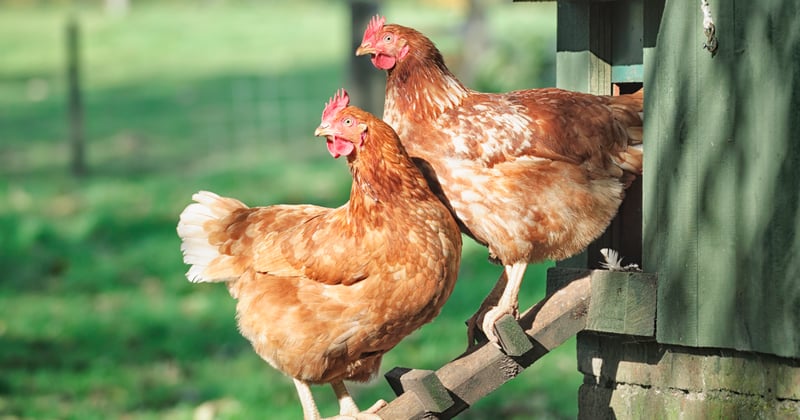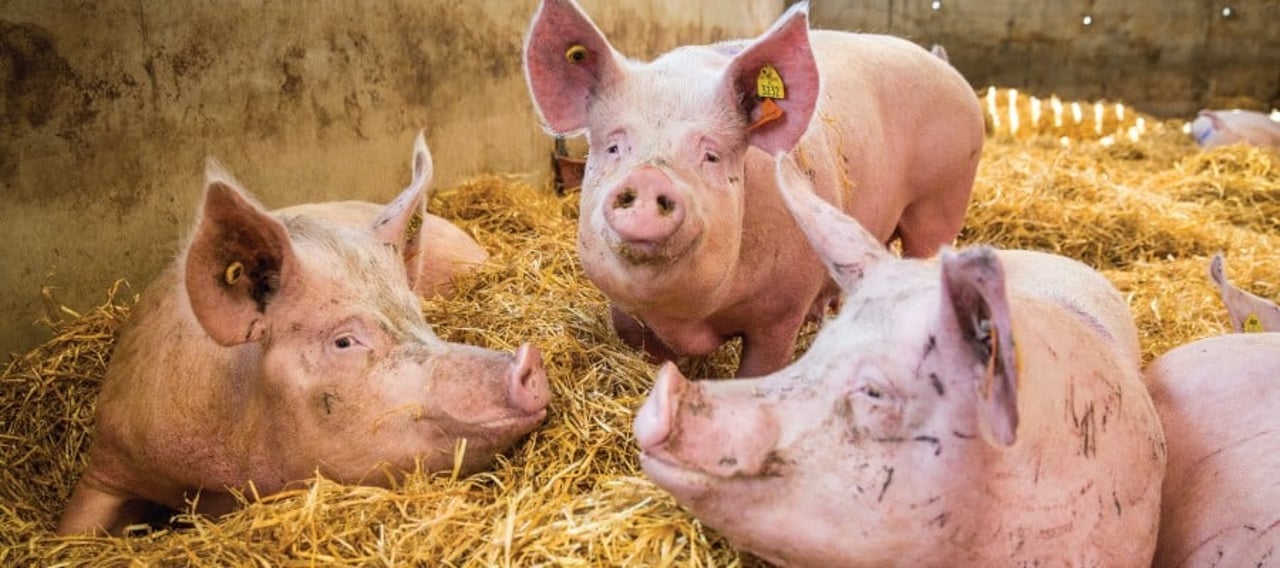
The Five Domains Model & Five Freedoms in Animal Welfare - A shift to higher animal welfare standards
News
Many of the negative health impacts that result from Factory farming systems could be significantly reduced by adopting high welfare farming systems, where animals are under less stress, develop improved immunity and become resilient to disease.
These Five Freedoms are globally recognized as the gold standard in animal welfare, encompassing both the mental and physical well-being of animals; they include freedom from hunger and thirst; freedom from discomfort; freedom from pain, injury, and disease; freedom to express normal and natural behaviour and freedom from fear and distress.
There is a need to ensure that all livestock producers follow minimum standards with respect to how farm animals are raised, transported, and slaughtered. The scheme is designed to eliminate conditions resulting in the worst forms of suffering on farmed animals including cages, confinement, barren environments, painful procedures, extreme genetics, long-distance transport and inhumane slaughter. These standards can be applied to animals in farming, resulting in improved welfare and a life worth living.
Five Freedoms & Five Domains
|
Five Freedoms |
Five Domains |
|
|
|
|
|
|
|
|
|
|
Note: Domains 1-4 (nutrition, physical environment, health, behavioural interactions) contribute to the animal's individual experience, which is described by domain 5: mental states
Together with concepts such as the Quality of Life spectrum (or Good life or Life worth living), the Five Domains enable us to only minimize negative experiences but also enable and raise positive experiences to ensure the highest welfare throughout an animal’s life. To what degree such high welfare can be achieved depends on, to give a few examples, their species-specific needs, each individual animal’s characteristics and preferences, and on the available resources and prevailing motivations by people keeping the animals to prioritize welfare over the animal’s value as a commodity.
The more we’ve come to learn about animal sentience and physiology, the more important it has become to provide them with the domains that allow them to enjoy positive experiences, as well as avoid negative ones. Reframing welfare criteria to allow for animals to have more fulfilled lives has the potential to raise minimum standards of animal welfare as our understanding of animals improves.
Sources:
1 David J. Mellor. Updating Animal Welfare Thinking: Moving beyond the “Five Freedoms” towards “A Life Worth Living”. In Animals 2016, 6(3), 21
